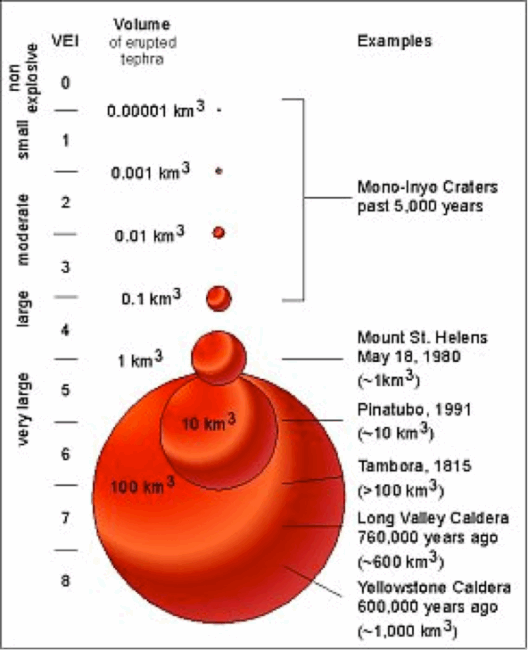Massachusetts, one of the gems of New England, is renowned for its picturesque landscapes and vibrant seasons. The climate here is as varied as the state’s rich history. To comprehend the climate of Massachusetts effectively, one must analyze each of the four seasons, which punctuate the year with their distinctive characteristics. These seasonal transitions do not merely alter the temperature; they evoke a profound sense of change in the environment, influencing both human activity and wildlife.
Winter: A Season of Stillness
Winter in Massachusetts unfolds between December and February, ushering in a period characterized by cold temperatures, heavy snowfall, and harsh winds. Average temperatures can dip to the low 20s Fahrenheit, with higher elevations encountering even more extreme conditions. Massachusetts’ coastal cities may experience milder winters compared to the western regions, where elevations can spike the cold.
The snow-laden landscapes attract winter enthusiasts, lending themselves to snow sports such as skiing and snowboarding, especially in areas like the Berkshires. However, the beauty of winter also brings challenges. Heavy snowfall can disrupt transportation and commerce, highlighting the duality of nature’s gifts and burdens.
Additionally, the impacts of climate change are increasingly manifesting in the winter months. In recent years, warmer temperatures have resulted in shorter winters, affecting snowfall and the overall ecosystem. These changes challenge traditional ways of life, pushing communities to adapt to the new dynamics of winter.
Spring: A Flourishing Revival
Spring emerges in March, heralding a remarkable transformation. As temperatures ascend from the chill of winter, ranging from the mid-40s to mid-60s, the landscape begins to bloom. The once stark trees come alive, adorned with vibrant blossoms, and a variety of flora and fauna reemerge. This season is a testament to resilience and regeneration, offering a breathtaking panorama of color and vitality.
Spring also holds significant importance for agriculture. Massachusetts is home to a burgeoning farming community that relies on the spring thaw to kickstart their planting schedules. From apple orchards to vineyards, the promise of a fruitful harvest hinges on the delicate dance of spring weather. This cycle underscores the interconnectedness of climate and agriculture, revealing how shifts in weather patterns can impact local economies.
However, spring is not bereft of challenges. Increased rainfall, a byproduct of climate change, can lead to flooding and soil erosion, threatening both urban infrastructure and rural communities. These patterns necessitate innovative water management practices to safeguard the future agricultural bounty.
Summer: A Mosaic of Warmth
Summer, stretching from June to August, envelops Massachusetts in warmth, with temperatures climbing into the 80s and 90s. The days are long, radiating sunshine that invigorates outdoor activities and encourages communal gatherings. Beaches along Cape Cod and the North Shore become hotspots for both residents and tourists, teeming with life and leisure.
The flora flourishes, transforming the landscape into a lush canvas. Farmers’ markets abound, showcasing the seasonal bounty of fruits and vegetables. However, as idyllic as summer may seem, it is not without its adversities. The heat waves experienced in recent years have raised serious concerns regarding public health and environmental sustainability. Humidity can soar, creating discomfort and exacerbating heat-related illnesses.
The increased frequency of summer storms, driven by climate change, poses another threat. These storms can unleash devastating impacts, from flooding to power outages. The ability to prepare and respond to these climatic extremes is becoming a crucial element of community resilience.
Autumn: A Gargantuan Transformation
As summer wanes, Massachusetts transforms into a breathtaking tapestry of fall colors. Autumn, from September to November, invites a cooler atmosphere, with temperatures fluctuating between the mid-50s to mid-70s. This iconic season, famous for its foliage, attracts visitors from far and wide, eager to witness the brilliant reds, oranges, and yellows that define the New England landscape.
Beyond its aesthetic beauty, autumn represents a critical turning point in the ecological calendar. Animals begin their preparations for winter, gathering food and fattening up for the months ahead. Similarly, farmers harvest their ripe crops, ensuring a sustainable provision for the winter months. This season embodies a vital lesson in adaptation and survival, compelling communities to appreciate the cyclical nature of life.
However, autumn also reflects growing environmental concerns. The unpredictability of the season, with earlier frosts and prolonged periods of warmth, has implications for agriculture. Such alterations can disrupt the natural progression of harvesting schedules and affect crop yields, which can ripple through local economies. The essence of New England’s autumn, while profoundly beautiful, invites contemplation regarding the changes wrought by climate change.
Conclusion: Embracing the Climate of Change
The climate of Massachusetts encapsulates the quintessential experience of New England’s four seasons, each marked by transformations that speak to the resilience of nature and humanity alike. However, these transformations are not immune to the influences of climate change. From shifting weather patterns to the challenges posed by extreme temperatures, it is imperative for residents and policymakers to remain vigilant and proactive in addressing these issues.
The seasons of Massachusetts serve as a constant reminder of nature’s incredible beauty and its fragility. Understanding this balance ignites curiosity and prompts a reevaluation of how we interact with our environment. By embracing sustainable practices and climate-conscious living, the promise of Massachusetts’ four seasons can continue to captivate both current and future generations.








